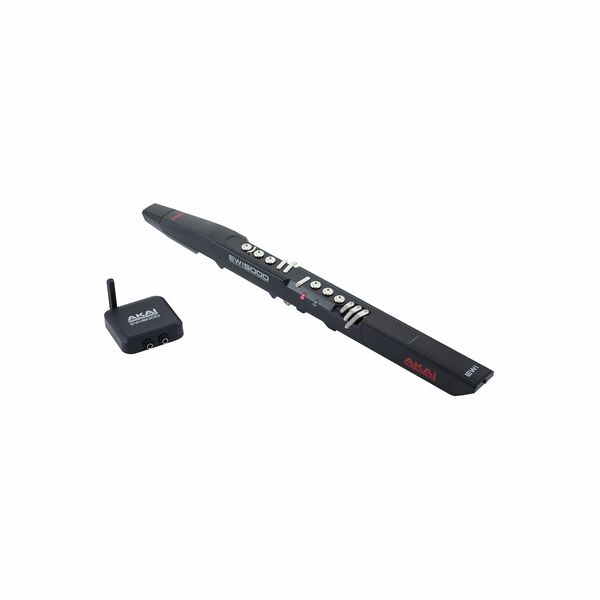Mon utilisation viens en complémenta avec l'apprentissage d'un sax.
Pour moi, l'EWI me permet de jouer lors de mes déplacements professionnels, y compris dans le train.
Je trouve que le clétage n'est pas trop éloigné de celui du sax et que cela m'aide bien à pouvoir travailler régulièrement.
De plus, le fait d'avoir d'autre sons me permet de rentrer sur le répertoire d'autres instruments (exemple hautbois, clarinette, ...) sans avoir à gérer d'autres apprentissages ou la transposition (qui est réglable) ; un seul regret, la flute à bec n'est pas prise en compte dans l'instrument.
Pour les sons en eux même, ils ne sont pas toujours aussi fidèles que l'on pourrait le souhaiter, mais ne paraissent toutefois pas trop électroniques (j'ai fait la comparaison avec mon sax et il y a une vraie différence) mais cela dit, que cherche-t-on ? Si l'on veut le vrai son, alors on passe sur le véritable instrument.
Je suis donc satisfait de cet achat, dont le rapport qualité prix me paraît pertinent. Je prends du plaisir à travailler et je le dis.
En ce qui concerne la qualité de fabrication, pas de problème particulier, la construction a l'air robuste, sachant qu'il fait faire attention à cet instrument comme à n'importe quel instrument de musique. J'ai pris pour le transport un étui de saxophone soprano, ce qui me permet de bien le protéger et de l'emporter partout, y compris en avion à l'étranger.
En espérant que cet avis pourra servir.






